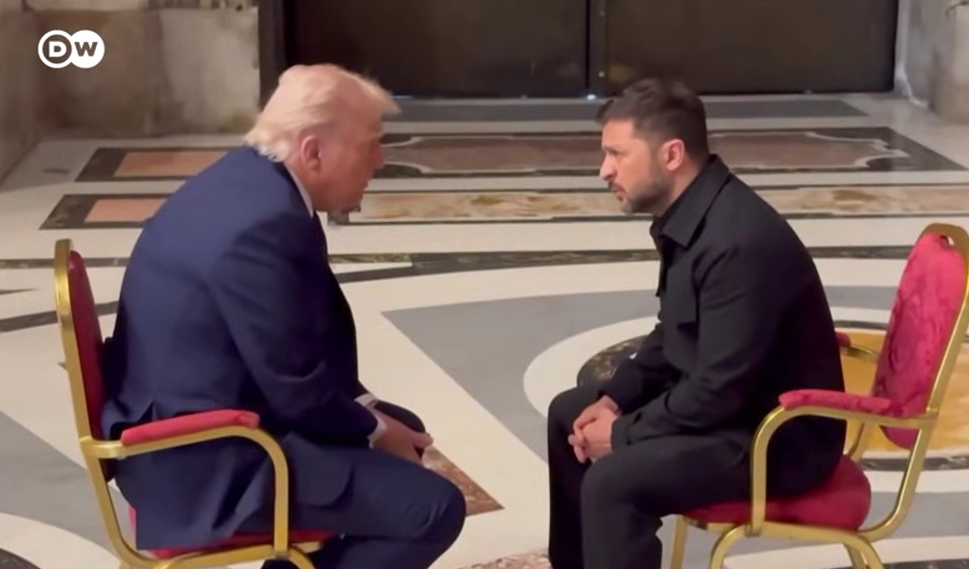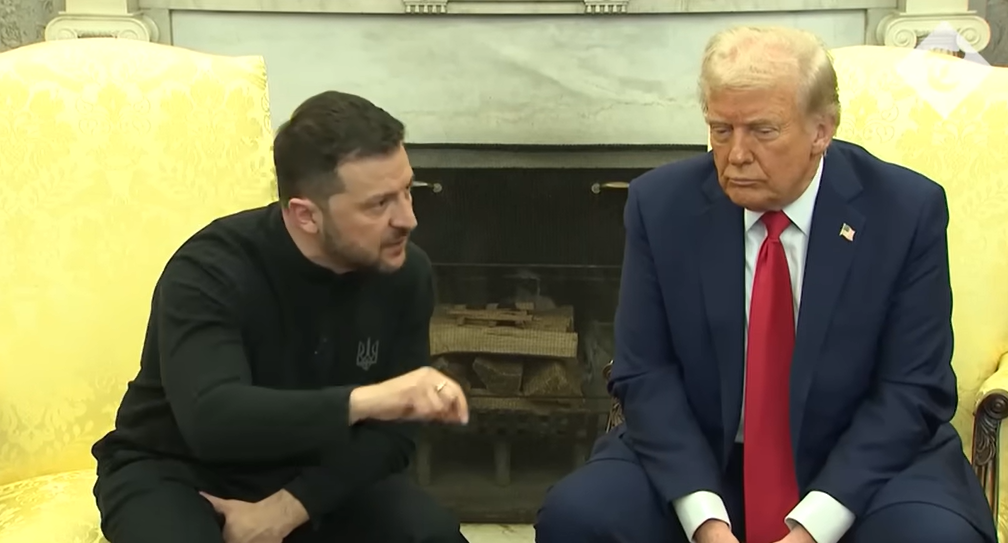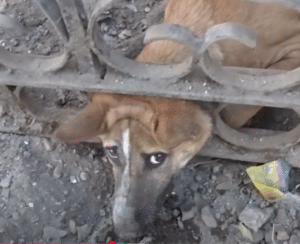For the first time in over three years, representatives from Russia and Ukraine have agreed to meet for direct peace talks.
Hosted in Istanbul, the negotiations are being watched closely by the international community, but expectations remain low. Years of bloodshed, broken trust, and geopolitical complexity have brought both nations to the table, but whether they’re truly ready to make peace is another story.
Discussions for Peace Between Ukraine and Russia
The move comes after months of back-channel discussions and international pressure. The world has changed dramatically since the war began—millions displaced, thousands of lives lost, and regional tensions spilling far beyond Eastern Europe. These talks, while a start, are being met with both hope and heavy skepticism.
Who’s at the Table (And Who’s Not)?
Ukrainian President Volodymyr Zelenskyy has made it clear that his government is serious about ending the war. His delegation is being led by Defense Minister Rustem Umerov, signaling a no-nonsense approach. Meanwhile, Russian President Vladimir Putin is notably absent. In his place, aide Vladimir Medinsky leads a lower-tier team—something that Zelenskyy was quick to call out, describing the Russian group as a “dummy delegation.”

This imbalance is not lost on observers. It paints a picture of two countries still at odds, even in their approach to diplomacy. Where Ukraine is showing up ready to negotiate, Russia’s reluctance to send top-tier officials raises questions about the sincerity of their intentions.
Turkey and the U.S.: Playing Referee
Turkey, a longtime regional power broker, has stepped up to host the talks. Turkish Foreign Minister Hakan Fidan is meeting with both sides, hoping to play a key role in brokering progress. The United States is also involved, with Secretary of State Marco Rubio and Trump-appointed envoy Steve Witkoff attending.
But even U.S. officials are tempering expectations. Rubio has stated that a true breakthrough is unlikely without direct engagement between Trump and Putin—something that isn’t currently on the table. In essence, this round of diplomacy may be more symbolic than substantive, serving to keep the lines of communication open rather than bringing immediate results.
What’s at Stake?
At the heart of the talks are Russia’s demands for Ukraine to cede territory and drop its aspirations to join NATO—conditions Kyiv firmly rejects. Ukraine, for its part, wants a full Russian withdrawal and security guarantees from the West. These positions haven’t changed much over the years, and there’s no indication that either side is ready to budge.

Meanwhile, the cost of the war continues to climb. Cities lie in ruins, economic stability hangs by a thread, and millions of Ukrainians remain displaced. For ordinary citizens, the news of peace talks brings cautious hope—but also fatigue from repeated disappointments.
A Step, Not a Solution
This round of peace talks may not yield dramatic breakthroughs, but it marks an important step. In diplomacy, sometimes just sitting down at the table is progress. The world will be watching to see if these conversations can evolve into something more meaningful.
Whether these negotiations turn into a turning point or just another diplomatic dead-end remains to be seen. But in the middle of chaos and doubt, even a glimmer of hope is worth holding onto.




